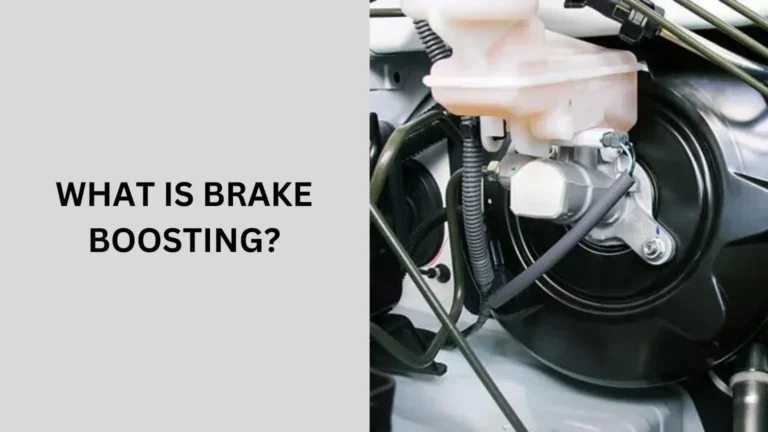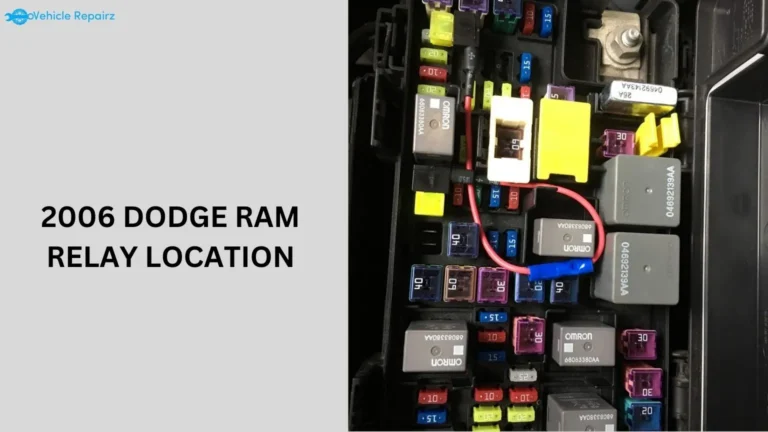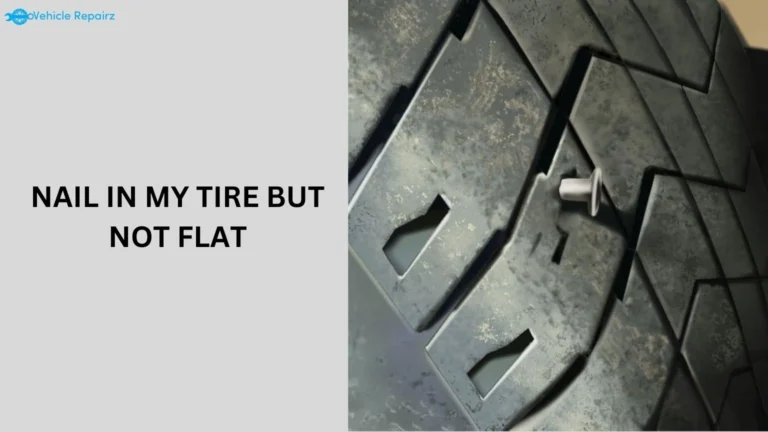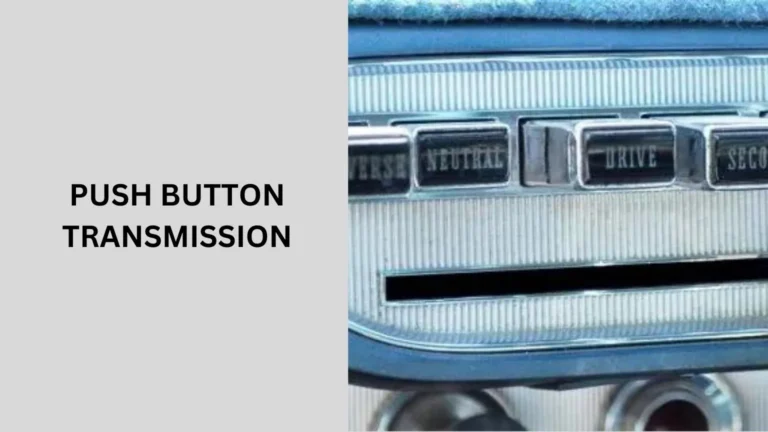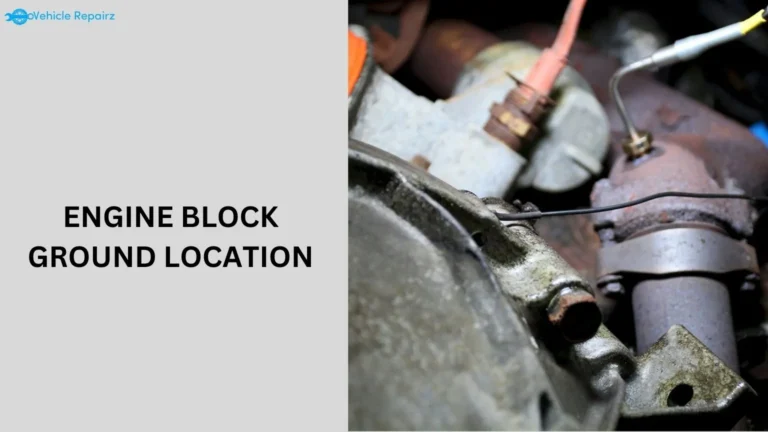How to Drain Windshield Washer Fluid: A Step-by-Step Guide
Maintaining your vehicle’s windshield washer system is essential for safe driving. One key maintenance task is learning how to drain windshield washer fluid properly.
Whether you’re switching to a different type of washer fluid, preparing for winter, or simply performing routine maintenance, draining the washer fluid is a straightforward process.
In this article, we’ll cover the step-by-step guide to how to drain windshield washer fluid, safety precautions, and helpful tips.
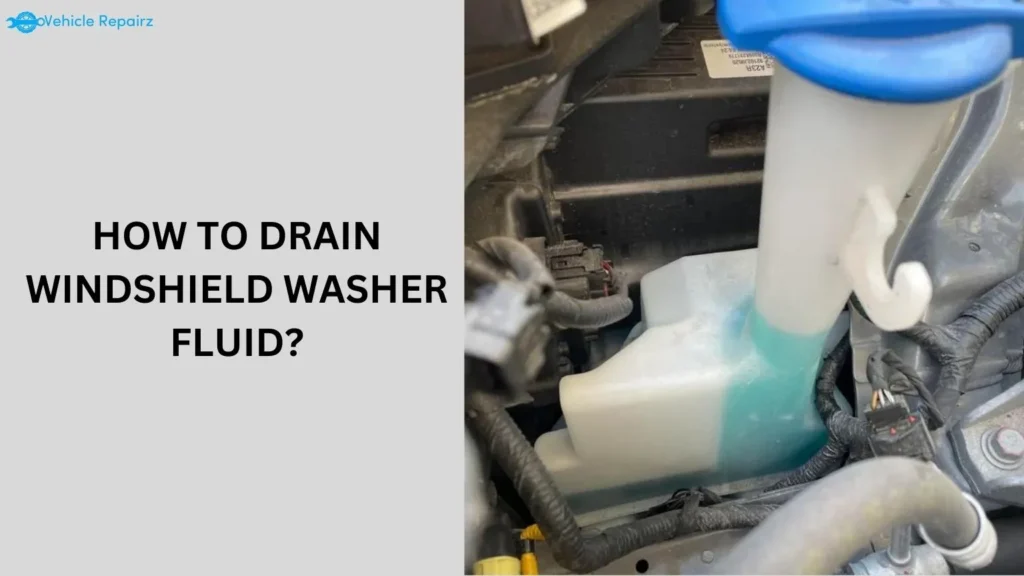
Why You May Need to Drain Windshield Washer Fluid?
There are several reasons why you might need to drain windshield washer fluid:
- Switching Fluids: Different climates require different washer fluids. For instance, winter washer fluid is formulated to resist freezing, while summer fluids are optimized for cleaning.
- Contaminated Fluid: Dirt or debris can sometimes enter the washer fluid reservoir, reducing the effectiveness of the fluid.
- Routine Maintenance: Keeping your washer system clean ensures it works properly over time.
Tools You’ll Need
Before you begin the process of draining the windshield washer fluid, gather the following items:
- A bucket or container
- A wrench (optional, depending on the car model)
- Rubber gloves
- A funnel (for refilling)
How to Drain Windshield Washer Fluid? – Step by Step
Maintaining your vehicle’s windshield washer system is crucial for clear visibility and safe driving.
If you need to drain windshield washer fluid for any reason—such as switching to a different type of fluid or preparing your car for seasonal changes—follow these simple steps to ensure a clean and effective process.
1. Locate the Washer Fluid Reservoir
The first step in how to drain windshield washer fluid is to find the reservoir. It’s typically a translucent container located near the engine bay, often marked with a windshield wiper icon. Consult your car’s manual if you’re having trouble locating it.
2. Check the Fluid Level
Before you proceed, check how much fluid is in the reservoir. If there’s only a small amount left, you might not need to go through the entire draining process. Instead, consider running the wipers to empty the reservoir naturally.
3. Disconnect the Washer Fluid Hose (Optional)
For quicker draining, you may want to disconnect the hose attached to the washer fluid pump. You’ll usually find the hose near the bottom of the reservoir. Use a wrench if necessary to loosen any clamps.
4. Drain the Fluid
Place your container under the reservoir’s drain or the disconnected hose. If your car doesn’t have a visible drain, you can use a siphon pump or remove the reservoir entirely. Allow the fluid to flow out completely.
5. Dispose of the Old Fluid Properly
When learning how to drain windshield washer fluid, it’s crucial to dispose of the fluid responsibly.
Windshield washer fluid contains chemicals that can be harmful to the environment, so never dump it down the drain. Instead, take it to a recycling facility or follow your local guidelines for hazardous waste disposal.
6. Clean the Reservoir (Optional)
If you’re switching to a new type of fluid or if the reservoir appears dirty, now’s a good time to clean it. Rinse the inside of the reservoir with water to remove any debris or old fluid residue.
7. Reconnect the Hose and Refill
Once you’ve drained the fluid and cleaned the reservoir, reconnect the washer fluid hose if you removed it. Then, use a funnel to refill the reservoir with your chosen windshield washer fluid.
How to Drain Windshield Washer Fluid Without Disconnecting the Hose?
If you prefer not to disconnect any hoses, there’s an easier method. Simply activate the windshield washer system while the car is on, letting the wipers spray until the reservoir is empty. While this method takes more time, it avoids the need to handle car components.
Common Mistakes to Avoid When Draining Washer Fluid
Draining windshield washer fluid might seem straightforward, but several common mistakes can lead to issues. Here’s what to avoid to ensure a smooth and effective process:
1. Not Checking the Fluid Type
Ensure you’re refilling with the correct fluid for your climate. Using summer fluid in winter, for instance, can cause the fluid to freeze, potentially damaging the washer system.
2. Forgetting to Wear Gloves
Windshield washer fluid contains chemicals that can irritate the skin. Always wear rubber gloves when handling it.
3. Ignoring Local Disposal Laws
Always dispose of old windshield washer fluid according to local hazardous waste guidelines to avoid environmental harm.
How Often Should You Drain Windshield Washer Fluid?
Knowing how to drain windshield washer fluid is important, but how often should you do it? Generally, you only need to drain the fluid when switching to a different type or if it becomes contaminated. For most drivers, this is an infrequent task, perhaps once or twice a year.
Tips for Maintaining Your Windshield Washer System
- Use the Right Fluid: Always check that you’re using a washer fluid suited for your vehicle and climate.
- Keep the Reservoir Clean: Regularly inspect and clean the reservoir to prevent blockages in the washer system.
- Check for Leaks: Periodically inspect the hoses and connections for any signs of leakage.
People also ask
How do you get rid of windshield washer fluid?
To get rid of windshield washer fluid safely:
Drain the Fluid: Use a drain pan to catch the old fluid from the reservoir.
Dispose Properly: Take the used fluid to a local recycling center or hazardous waste facility. Many auto parts stores also accept used fluids for disposal.
Clean Up: Wipe any spills and clean your tools.
How to drain windscreen washer fluid?
To drain windshield washer fluid:
Locate the Reservoir: Find the washer fluid reservoir under the hood.
Drain the Fluid: Use a siphon pump or remove the reservoir’s bottom plug to let the fluid flow into a container.
Dispose Properly: Dispose of the old fluid at a recycling center or hazardous waste facility.
Refill: Replace with new washer fluid if needed.
Should I drain windshield washer fluid?
Yes, you should drain windshield washer fluid if you’re switching to a different type of fluid, if the current fluid is contaminated, or as part of routine maintenance.
This ensures optimal performance and prevents potential issues with your windshield washer system.
How do you drain frozen windshield washer fluid?
To drain frozen windshield washer fluid:
Thaw the Fluid: Let the vehicle warm up in a heated garage or use a hairdryer on a low setting to gently thaw the fluid.
Drain the Fluid: Once thawed, use a siphon pump or remove the reservoir’s plug to drain the fluid into a container.
Dispose Properly: Dispose of the old fluid at a recycling center or hazardous waste facility.
Final Thoughts
Learning how to drain windshield washer fluid is a simple task that can save you from future headaches.
Whether you’re swapping fluids for a change in season or performing general maintenance, following the steps outlined in this guide will ensure that your washer system stays in top condition. Just remember to handle the fluid safely and dispose of it properly.

